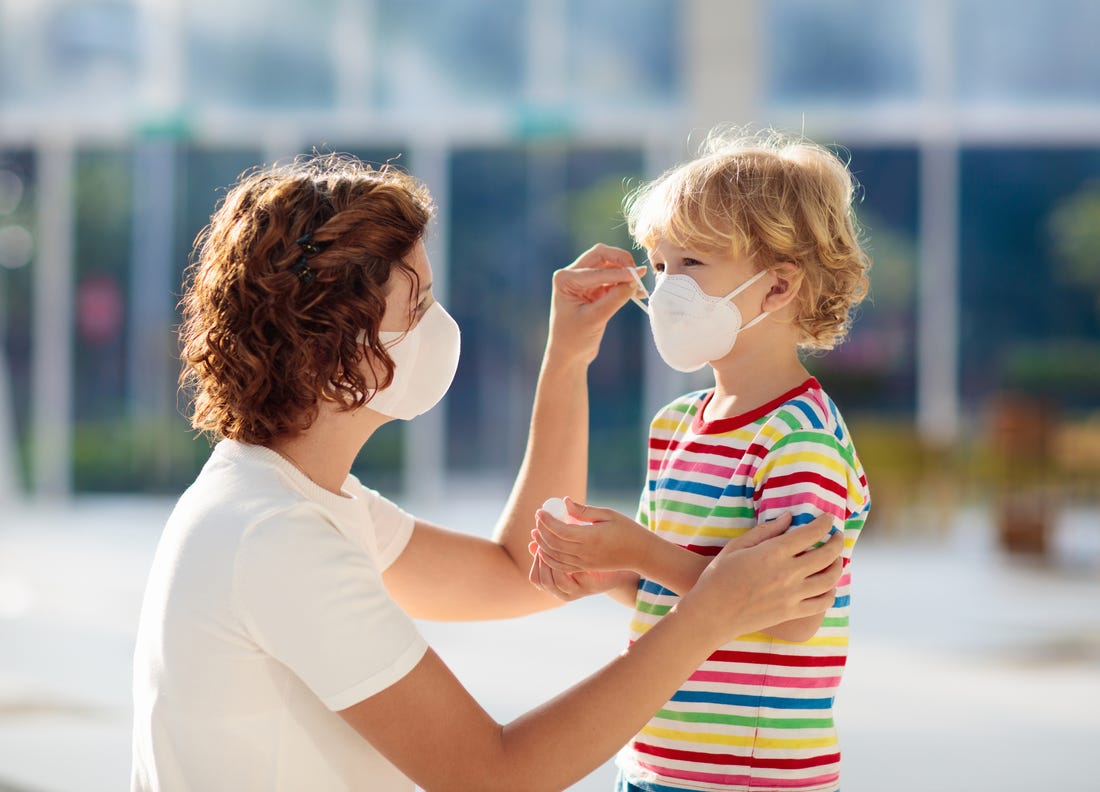What kids need to know about facemask
Children are naturally inquisitive fellows; as schools plan to resume, they would have bundles of question about some safety measures like wearing facemask. This etiquette would serve as a guide and answer basic questions in that regards. COVID-19: ‘People who wear facemasks 13 times more likely to observe physical distancing’ Kojo Motors donate 41,000 facemasks […]

Children are naturally inquisitive fellows; as schools plan to resume, they would have bundles of question about some safety measures like wearing facemask.
This etiquette would serve as a guide and answer basic questions in that regards.
COVID-19: ‘People who wear facemasks 13 times more likely to observe physical distancing’
Kojo Motors donate 41,000 facemasks to transporters
Why do everyone wear facemasks in public?
Wearing facemask is a way to help stop the spread of coronavirus. Physically distancing is one way to accomplish this, which means maintaining six feet of distance from others.
What do facemasks do?
Facemasks, or facial coverings, are mainly to prevent the person wearing the mask from generating droplets from breathing, coughing, sneezing, etc.
These droplets can carry a virus from one person to another.
Children who are infected with the coronavirus often have mild illness, or are completely asymptomatic, meaning they never have symptoms.
However, they are still able to spread the virus.
This is why children should also wear masks and do their best to practice physical distancing.
Creative things parents and teachers can do to get children to wear facemask
Base on the age of children, giving them specific reasons for wearing facemask can be very helpful.
You can first start with holding it and talking about it.
Move on to practice wearing the mask at home with your child and using the mirror for more engagement.
Be sure your child can see clearly.
Decorate the mask with your child, using markers, stickers, and other things that will engage your child and increase their ownership of the mask.
Make children understand that facemasks are more effective when you combine them with frequent hand washing and proper wearing technique.
Guide to wearing facemask
Facemasks should fit tightly yet comfortably on the sides of your face and be secured behind the ears or with ties.
It is important that your mask consist of several layers of fabric, but also allows you to breathe without restriction.
You should never compromise a mask by wearing it in a way that is more “comfortable.”
Your mask should always cover your nose and your mouth.
You should wash and dry your cloth mask routinely depending on frequency of use.
It’s also important to remember that masks should only be worn on children that can handle it to avoid suffocation.
Storing Your Mask
When putting your mask on and removing it, there are also steps to follow to ensure your safety.
Always wash your hands first and remove the mask by the straps carefully then immediately wash your mask.
